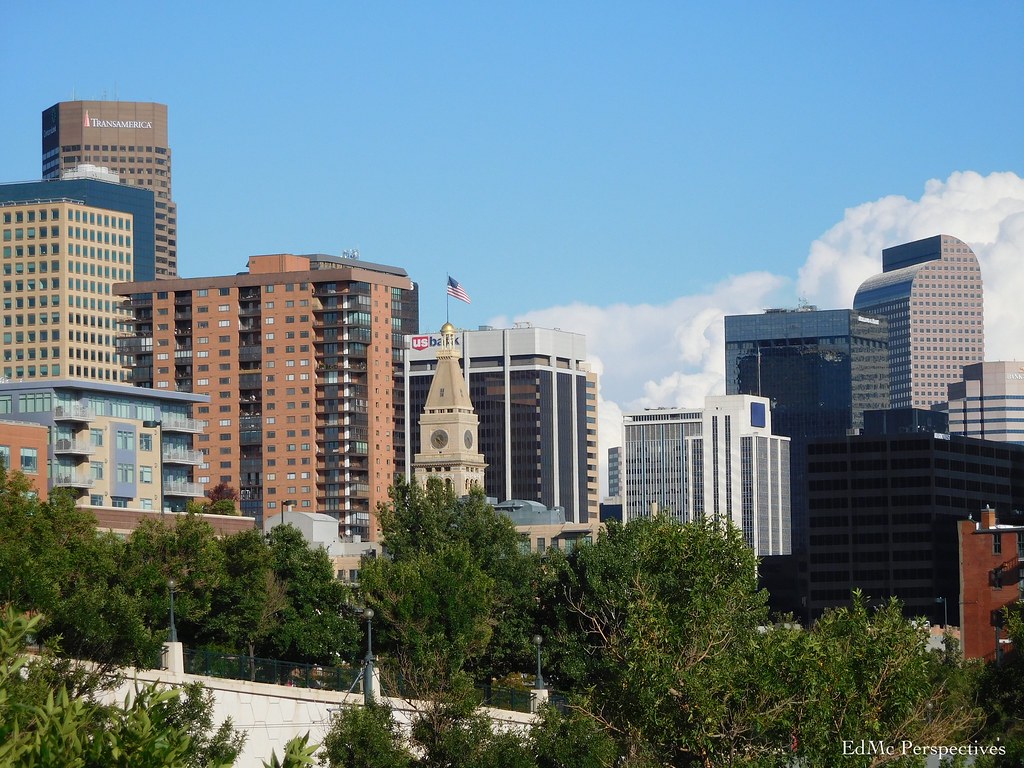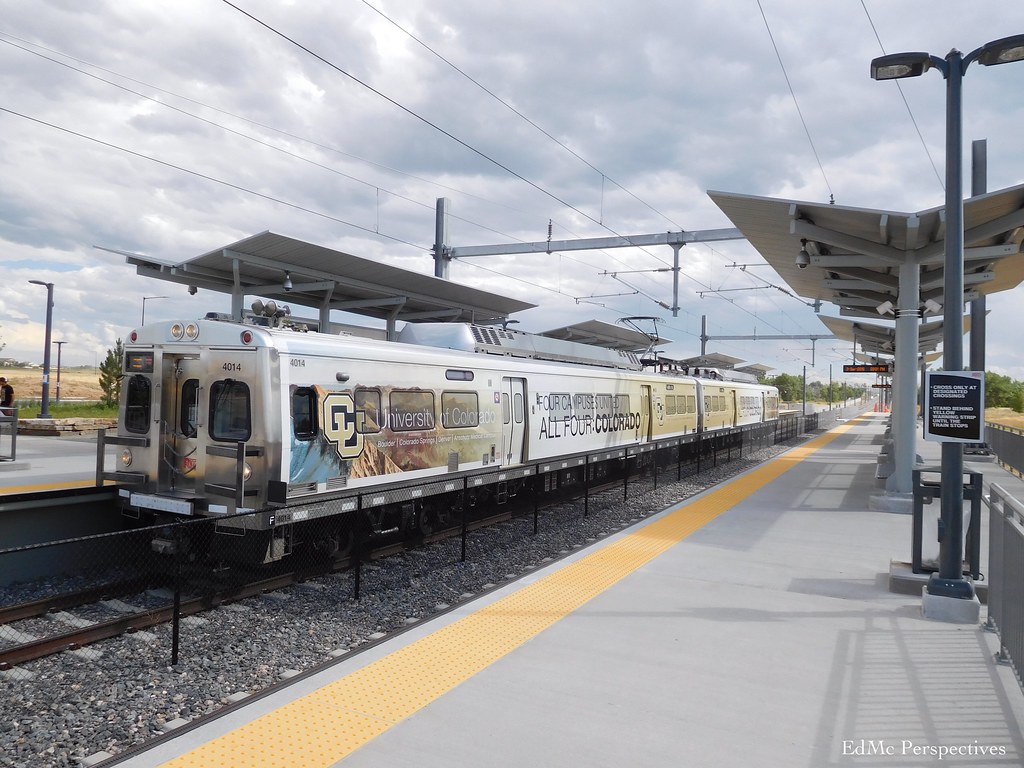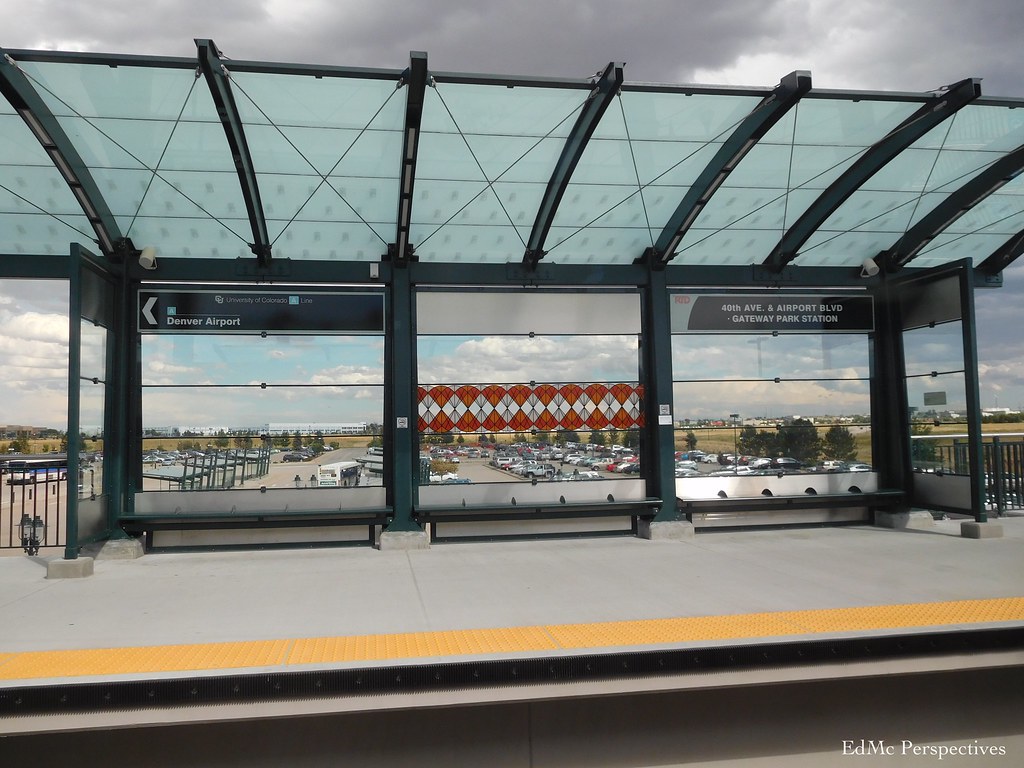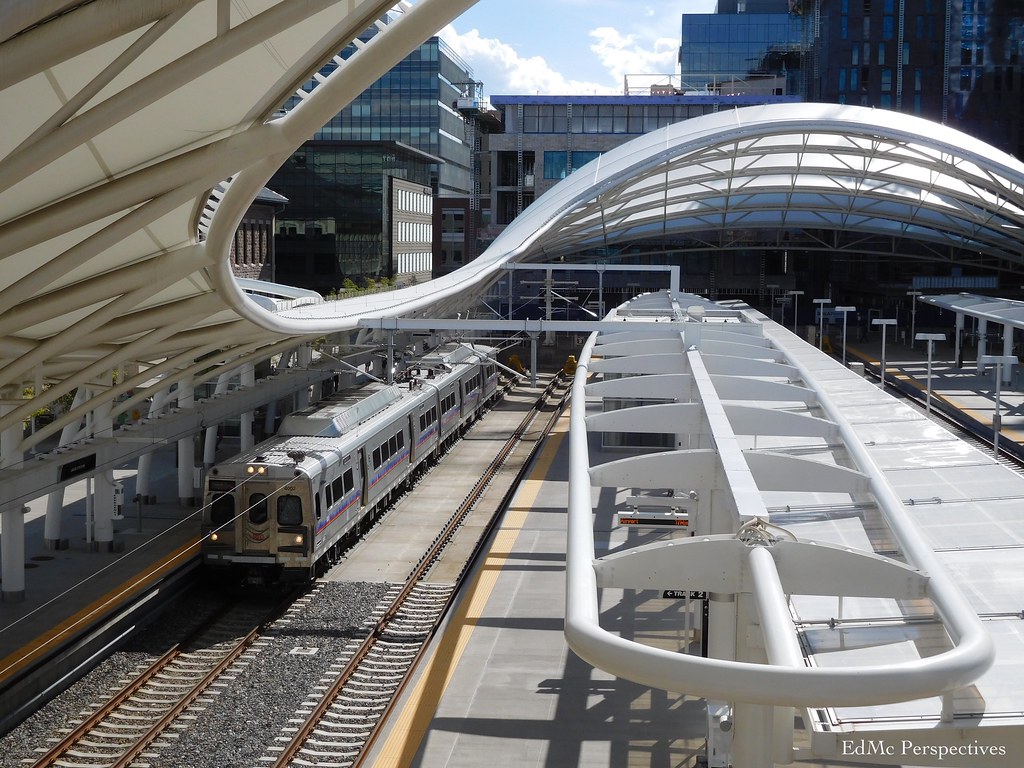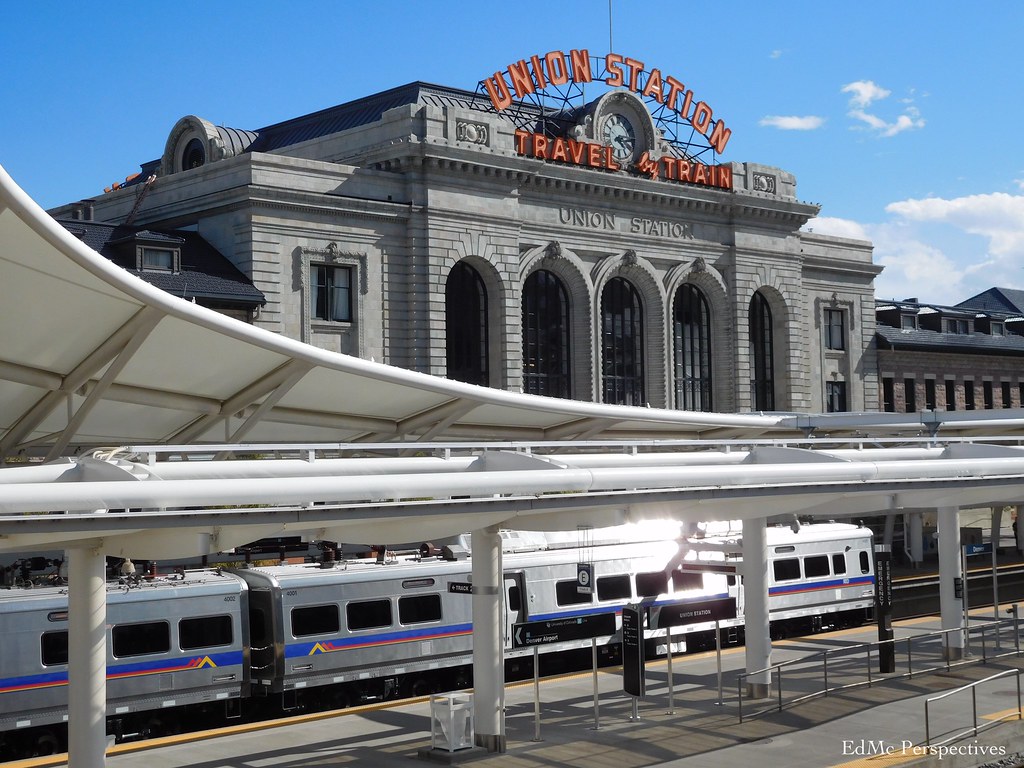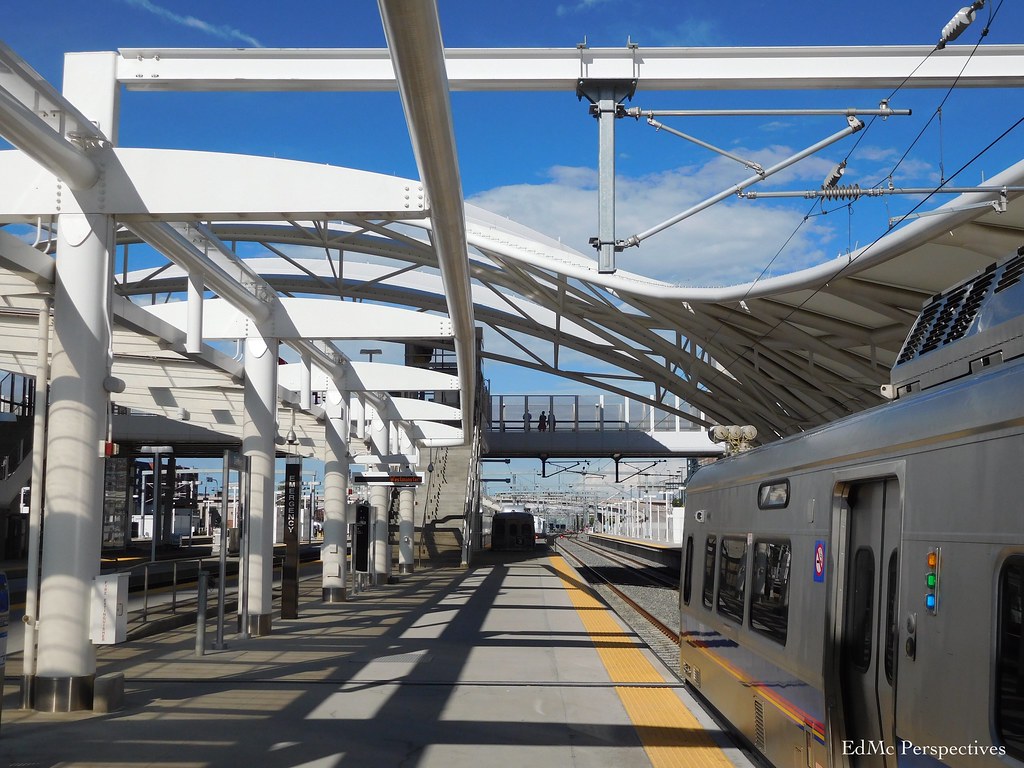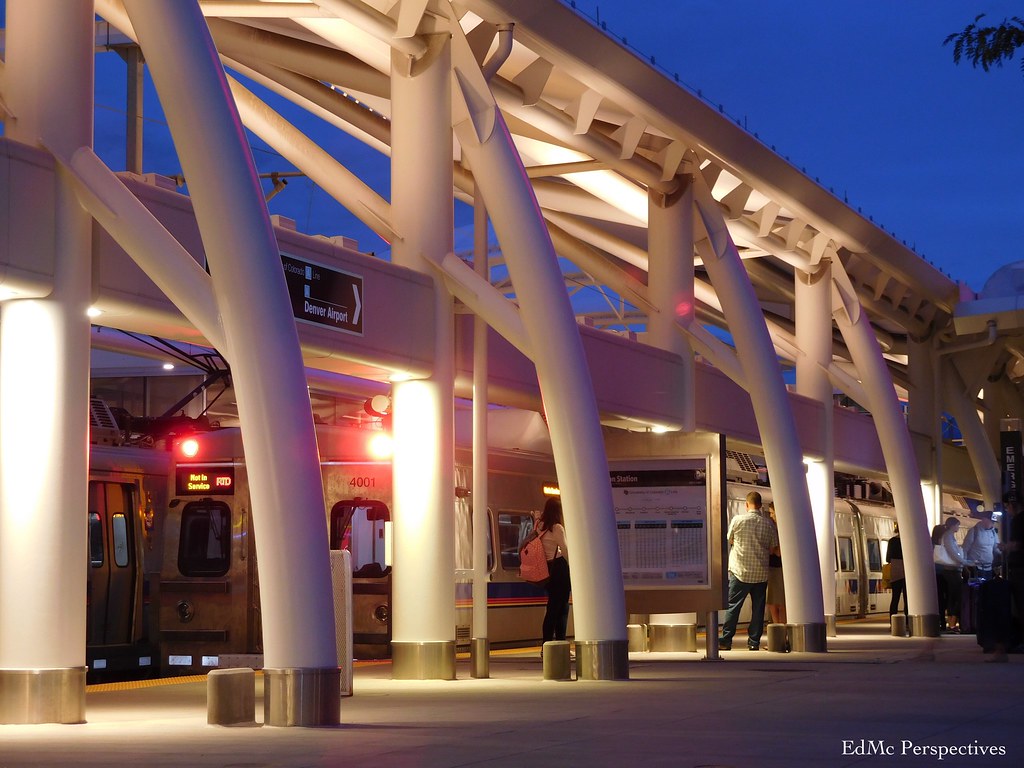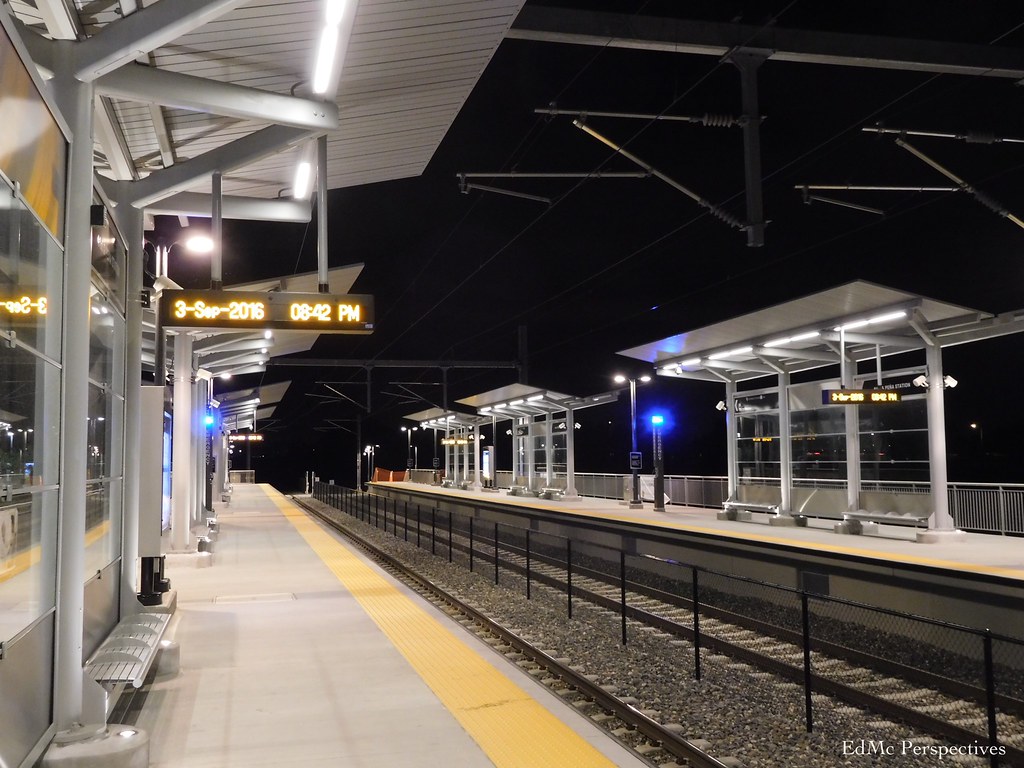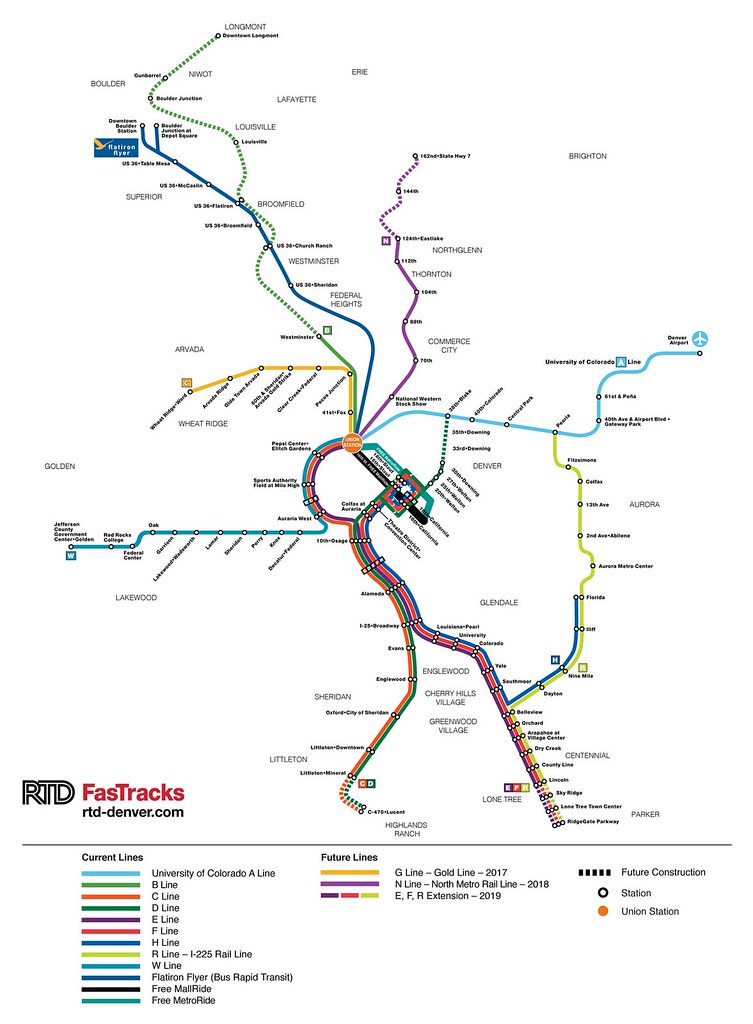Equilibria
Senior Member
- Joined
- May 6, 2007
- Messages
- 7,087
- Reaction score
- 8,325
The GL standardization would likely be Type 10. The Type 9 order is mainly just to supplement GLX service. There's an option for 30 more that the T is seeming unlikely to take, especially given their new stated goals of standardizing as much of the fleet as they can. Green would probably be the holdout on the single model goal with 9s and 10s operating for a while.
The only reason I could think of to go through another whole procurement process would be if the T commits to infrastructure changes to widen curves and raise portal roofs to accommodate a more standardized LRV. In that case, I could see a new procurement to include models/manufacturers scared off before.
Otherwise, unless there's an issue with the CAF design or the MBTA believes they were overcharged, why not consolidate everything under the model you already vetted and picked? There are benefits to having one factory and vendor for these things. Remember, the FMCB already did this once - they recommended expanding the initial CRRC order to replace the entire Red Line fleet - in part because they want to send maintenance and rehab business to Springfield for decades.

